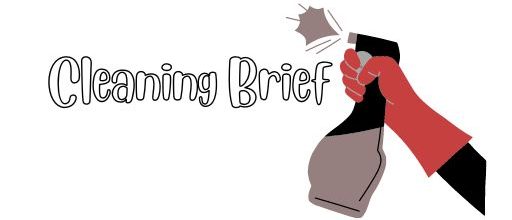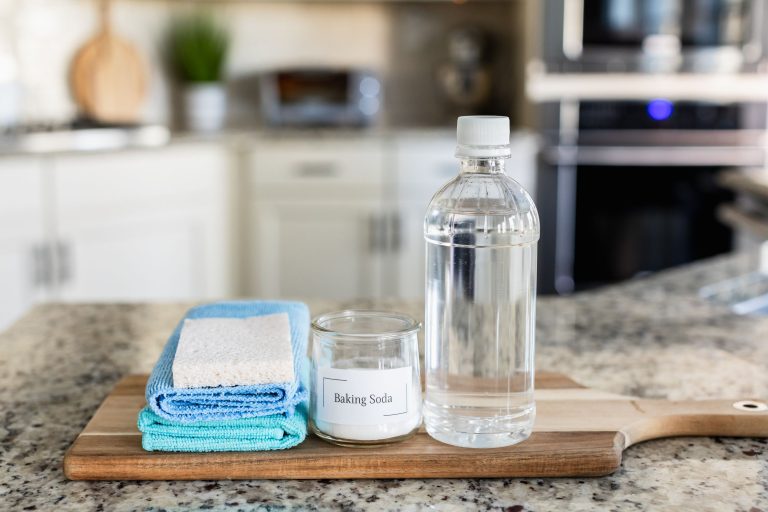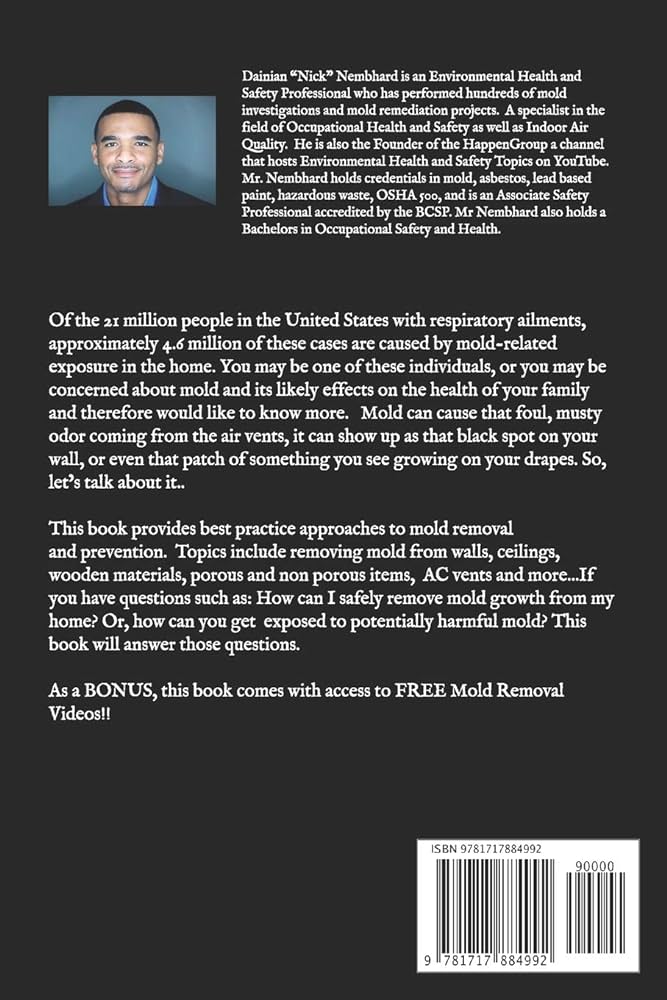How to Banish Shower Mold for Good: Essential Tips
To clean mold out of the shower, mix equal parts vinegar and water in a spray bottle. Scrub the mold with a brush or sponge, then rinse with water.
Mold in the shower is not only unsightly but can also be harmful to your health. If left untreated, mold can spread and become a recurring problem. However, with a few simple steps, you can effectively clean and prevent mold in your shower.
We will discuss how to clean mold out of the shower using natural ingredients and techniques. By following these tips, you can maintain a clean and healthy shower environment.
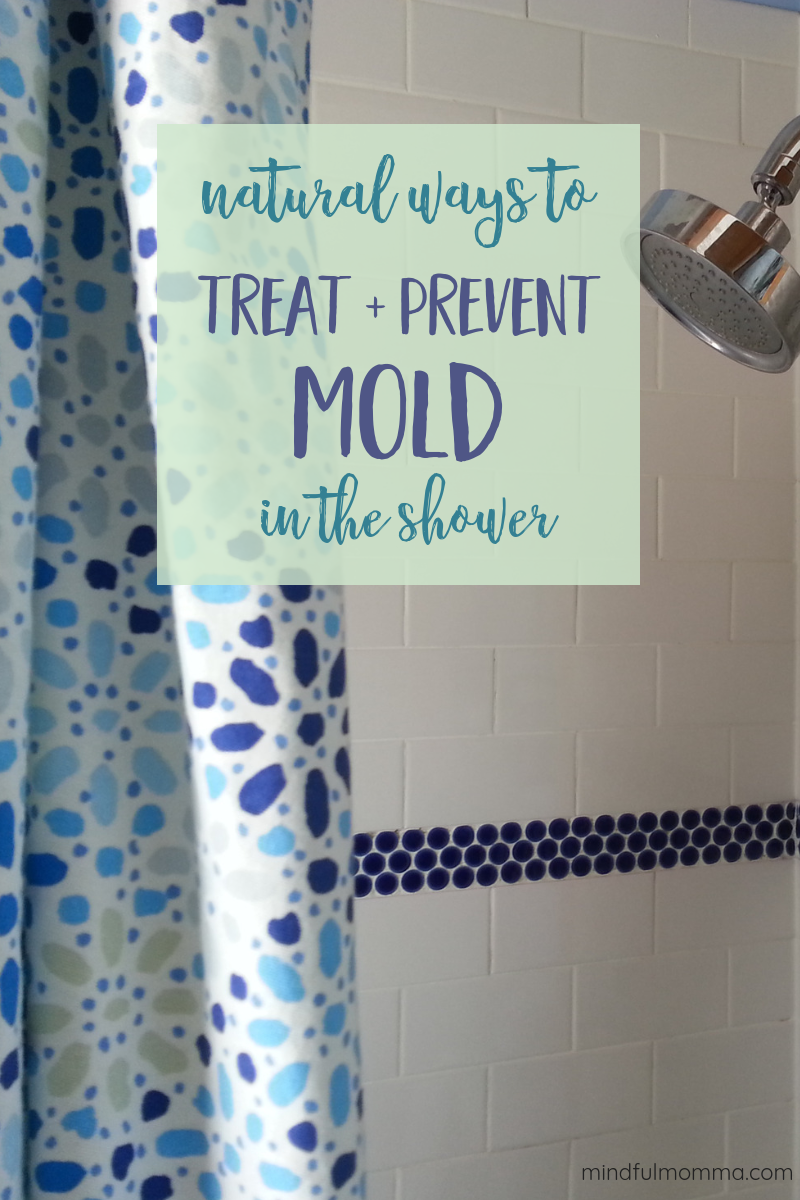
Credit: mindfulmomma.com
Identifying Shower Mold
If you’ve noticed a musty smell or unsightly black patches in your shower, it’s likely that you have a mold problem. Identifying shower mold early on is crucial in order to prevent it from spreading and causing further damage. In this article, we’ll discuss how to recognize the signs of shower mold and locate common areas of growth.
Strongrecognizing The Signs/strong
Recognizing the signs of shower mold is the first step in effectively dealing with the issue. Here are some indicators to look out for:
- Dark or black spots on the shower walls or grout lines.
- A musty or unpleasant odor coming from the shower area.
- Peeling or bubbling paint or wallpaper near the shower.
- Excessive moisture or condensation in the bathroom.
If you notice any of these signs, it’s important to take action promptly to prevent the mold from spreading and causing further damage to your shower or even your health.
Stronglocating Common Areas Of Growth/strong
Shower mold tends to thrive in warm, moist environments, making certain areas more prone to growth. Here are some common areas where you may find mold in your shower:
| Common Areas of Mold Growth |
|---|
| Between tiles or grout lines |
| On the shower curtain or liner |
| In and around the shower drain |
| On the caulking around the shower edges |
| On the ceiling or walls near the shower |
Keep in mind that mold can also hide in less obvious places, such as behind shower fixtures or under the shower tray. Therefore, it’s essential to thoroughly inspect your shower for mold in all areas.
To conclude, identifying shower mold is an important first step in effectively cleaning and preventing its growth. By recognizing the signs and locating common areas of growth, you’ll be better equipped to combat mold and keep your shower clean and healthy.
:max_bytes(150000):strip_icc()/9-best-mold-removers-of-2022-tout-f30080c69f5f4e7aacdc233578d19ed7.jpg)
Credit: www.realsimple.com
Preventing Mold Growth
Preventing mold growth in the shower is essential for maintaining a clean and healthy bathroom environment. By taking proactive measures, you can minimize the risk of mold appearing and spreading. Here are two effective methods to prevent mold growth in your shower:
Improving Ventilation
Poor ventilation is a common factor contributing to mold growth in showers. When your bathroom lacks proper airflow, moisture becomes trapped, creating a breeding ground for mold. To address this issue, follow these tips:
- Keep the bathroom door and windows open after showering to allow fresh air to circulate.
- Install a ventilation fan to remove excess moisture. Run the fan during and after showers.
- Regularly clean and maintain the ventilation fan to ensure its functionality.
Better ventilation not only reduces mold growth but also helps eliminate unpleasant odors from the bathroom.
Using Mold-resistant Products
Incorporating mold-resistant products into your shower area can be a game-changer when it comes to mold prevention. These products are designed to resist mold growth and keep your shower clean and hygienic. Consider the following:
| Product | Description |
|---|---|
| Mold-resistant paint | Avoid water-based paints that can promote mold growth. Use mold-resistant paint formulated specifically for bathrooms. |
| Tile sealants | Apply a quality tile sealant to protect grout lines and prevent mold from settling in the crevices. |
| Mold-resistant caulk | Replace old, deteriorated caulk with mold-resistant caulk to maintain a watertight seal and prevent mold from forming in between tiles. |
Investing in mold-resistant products is a wise choice, as they are designed to withstand the humid conditions of the shower, reducing the likelihood of mold growth.
Removing Existing Mold
Introductory paragraphTo effectively tackle mold in your shower, the first step is to remove the existing mold. Mold removal requires thorough cleaning and choosing the right products. Below, we’ll discuss natural cleaning solutions and chemical cleaning options to eradicate mold and prevent its recurrence.
H3 headingsNatural Cleaning Solutions
When it comes to natural cleaning solutions for eliminating mold, vinegar and baking soda are highly effective. Their natural acidic and alkaline properties can penetrate and destroy mold without harsh chemicals. Mix equal parts distilled white vinegar and water in a spray bottle and apply it directly to the moldy areas. Let it sit for an hour before scrubbing with a brush and rinsing thoroughly. For tougher stains, create a paste with baking soda and water and apply it to the affected areas. Allow it to sit for an hour before scrubbing and rinsing.
Chemical Cleaning Options
If natural solutions do not yield desired results, chemical cleaning options can effectively combat stubborn mold. Bleach is a potent mold killer that can effectively eradicate mold spores. Create a solution of one part bleach to two parts water and apply it to the affected areas. Allow the solution to sit for 15 minutes before scrubbing and thoroughly rinsing. Hydrogen peroxide is another effective option. It not only kills mold but also prevents future growth. Apply it directly to the moldy areas, let it sit for 10 minutes, scrub, and rinse thoroughly.
Maintenance And Regular Care
Maintenance and regular care are crucial in preventing mold buildup in your shower. By establishing a cleaning routine and periodically inspecting for mold, you can ensure a clean and healthy shower environment. In this section, we will guide you through these two important steps to help you maintain a mold-free shower.
Establishing A Cleaning Routine
Having a consistent cleaning routine is essential for keeping mold at bay in your shower. By following a few simple steps, you can prevent the growth of mold:
- Start by gathering the necessary cleaning supplies: a mold and mildew cleaner, a scrub brush or sponge, gloves, and a mask for protection.
- Before cleaning, remove any items such as shampoo bottles, loofahs, or shower curtains to ensure thorough access to all areas.
- Boldly clean hard-to-reach areas, such as corners and grout lines, where mold tends to thrive. Pay close attention to tiles, shower doors, and the showerhead.
- Rinse the surfaces thoroughly with warm water to remove any residue from the cleaning products.
- Dry the shower completely using a clean towel or a squeegee to prevent moisture buildup, which can encourage mold growth.
- Dispose of any used cleaning materials appropriately and wash your hands.
Inspecting For Mold Periodically
Regularly inspecting your shower for any signs of mold is key to preventing its spread and keeping your shower clean. Follow these steps to ensure your shower stays mold-free:
- Put on your gloves and mask before starting the inspection to protect yourself from mold spores.
- Visually examine the shower walls, tiles, and caulk lines for any visible signs of mold, such as black or green spots.
- Pay attention to any musty or unpleasant odors that may indicate hidden mold growth.
- If you notice any signs of mold, address the issue promptly by cleaning the affected areas with a mold and mildew cleaner.
- After cleaning, ensure the shower is thoroughly dried to eliminate excess moisture.
- Consider using mold-resistant products, such as caulk and paint, to provide an additional barrier against mold growth.
- If the mold problem persists or if you have any concerns, it is recommended to consult a professional who specializes in mold remediation.
Expert Advice And Additional Resources
Cleaning mold out of your shower can be a daunting task, but with the right expert advice and additional resources, you can tackle this problem head-on. In this section, we will explore two key resources that can help you effectively clean mold from your shower: consulting professionals and utilizing online guides and videos.
Consulting Professionals
If you’re dealing with a severe mold problem or simply want to ensure a thorough and safe cleaning process, consulting professionals is a wise choice. Experts in mold removal have the knowledge and experience to identify the type of mold, assess the extent of the infestation, and recommend the most effective cleaning methods.
When consulting professionals, be sure to provide them with all the necessary details, such as the size of your shower, the severity of the mold, and any previous cleaning attempts. This information will help them devise a personalized plan tailored to your specific needs.
Utilizing Online Guides And Videos
For those who prefer a hands-on approach or want to tackle the mold removal themselves, utilizing online guides and videos can be a valuable resource. There are numerous websites, blogs, and YouTube channels dedicated to providing step-by-step instructions and helpful tips for cleaning mold.
When utilizing online guides and videos, prioritize reputable sources and check for reviews or feedback from others who have successfully used the resources. Look for guides that include detailed instructions, recommended cleaning products, and safety precautions to ensure an effective and safe cleaning process.
Here are a few key steps to keep in mind when using online guides and videos:
- Identify the type of mold: Different molds may require different cleaning methods and products. Learn how to identify the type of mold in your shower.
- Gather the necessary supplies: Make a list of the cleaning materials and equipment you’ll need, such as gloves, masks, scrub brushes, and mold-specific cleaners.
- Prep the area: Before starting the cleaning process, remove any personal care products, towels, or other items from the shower area.
- Follow the instructions: Carefully follow the step-by-step instructions provided in the guide or video, ensuring you’re taking the recommended safety measures.
- Monitor and prevent future mold growth: After cleaning, regularly inspect your shower for any signs of mold regrowth. Take preventive measures, such as improving ventilation and drying the shower after each use, to minimize the chances of mold returning.
Remember, whether you choose to consult professionals or utilize online resources, proper and timely mold removal is essential for maintaining a clean and healthy shower environment.
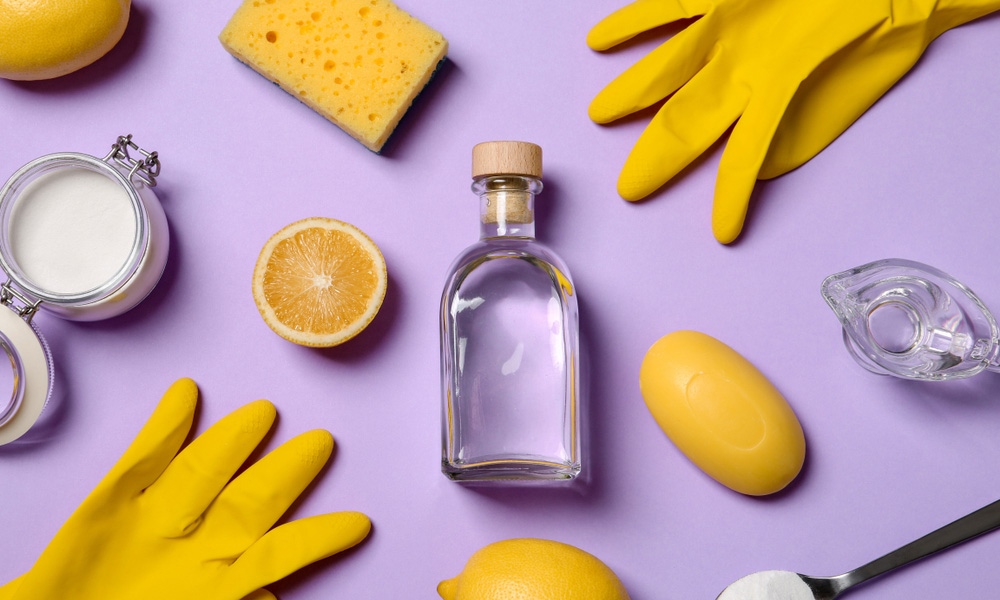
Credit: www.ecofmr.com
Frequently Asked Questions For How To Clean Mold Out Of Shower
How Do I Remove Mold From My Shower?
To remove mold from your shower, create a solution of equal parts water and bleach and apply it to the affected areas. Scrub the mold with a brush, rinse with clean water, and dry thoroughly. Use a mold-inhibiting cleaner regularly to prevent future growth.
Why Does Mold Grow In Showers?
Mold thrives in environments with high humidity and moisture, making showers the perfect breeding ground. Lack of ventilation, organic materials in soap residue, and constant exposure to water create ideal conditions for mold growth.
What Are The Health Risks Of Mold In The Shower?
Exposure to mold in the shower can lead to various health issues such as respiratory problems, allergy symptoms, and skin irritation. Prolonged exposure can be especially harmful, so it’s important to remove and prevent mold growth swiftly and effectively.
Conclusion
Keeping your shower clean from mold is essential for a healthy bathroom environment. Regularly cleaning and maintaining your shower will prevent mold growth and ensure a hygienic space. By following the tips and techniques mentioned you can effectively remove and prevent mold in your shower.
A clean and mold-free shower will not only enhance the look of your bathroom but also contribute to your overall well-being.
